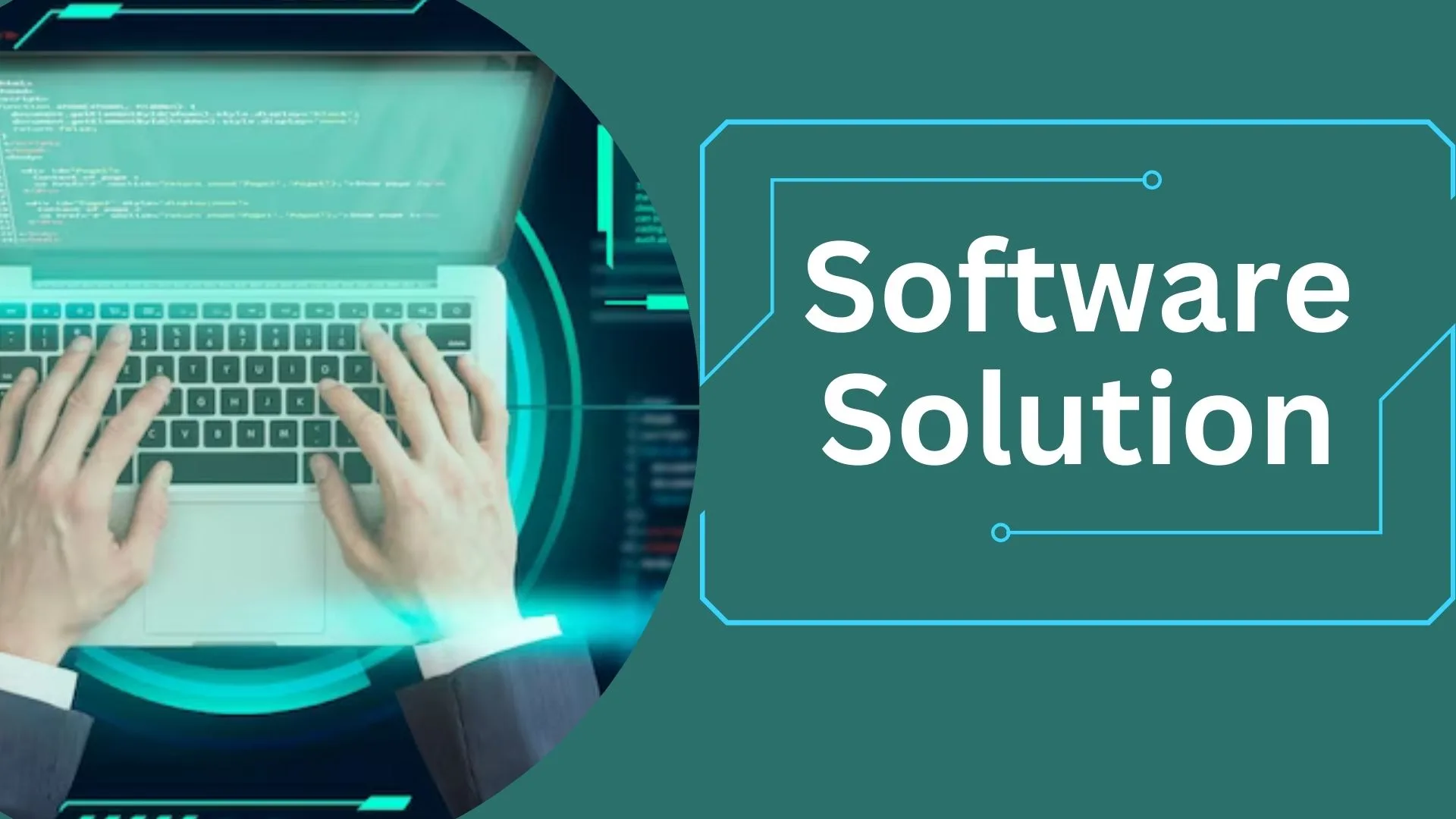Introduction
In the world of data analytics and AI, Databricks has emerged as a pivotal platform, redefining how organizations leverage big data for real-time insights and decision-making. As of 2025, Databricks continues to stand at the forefront of innovation, providing a unified data analytics platform that simplifies data engineering, machine learning, and analytics workflows. Its foundation on Apache Spark enables scalable data processing and real-time analytics, making it indispensable for companies aiming to maintain a competitive edge in the rapidly evolving digital landscape. Explore more about this cutting-edge platform at https://www.databricks.com/.
Key Features and Benefits
Lakehouse Architecture:
At the heart of Databricks in 2025 is its Lakehouse architecture, a revolutionary blend of data lakes and warehouses. This architecture supports both structured and unstructured data, empowering organizations to execute real-time analytics and machine learning on vast datasets. Notably, this enables seamless data management and significantly enhanced analytics capabilities.
Collaborative Notebooks:
Databricks facilitates real-time collaboration across teams using popular programming languages such as Python, R, Scala, and SQL through its collaborative notebooks. This feature bolsters productivity and innovation by enabling data scientists, engineers, and analysts to work together more efficiently.
MLflow Integration:
Another cornerstone of Databricks is MLflow, which streamlines the entire machine learning lifecycle. From experimentation to deployment, MLflow helps teams develop, iterate, and manage models more effectively, drastically reducing the time to insight.
Pricing Overview
Databricks employs a pay-as-you-go pricing strategy, appealing to a broad spectrum of businesses by allowing them to pay only for the resources used, measured in Databricks Units (DBUs). The cost per DBU varies depending on the cloud provider and the plan chosen—Standard, Premium, or Enterprise. This flexible pricing model caters to diverse workload requirements across data engineering, machine learning, and SQL analytics. For detailed pricing, visit https://zoftwarehub.com/products/databricks/pricing.
Industry Applications
In 2025, Databricks’ industry-agnostic approach continues to make it a versatile tool across numerous sectors. Its ability to handle large sets of structured and unstructured data, coupled with its real-time analytics and machine learning capabilities, makes it highly relevant for industries ranging from finance and healthcare to retail and manufacturing. Organizations across these fields leverage Databricks to derive actionable insights, enhance product offerings, and streamline operations.
Integration and Compatibility
Databricks offers extensive integration capabilities, easily connecting with a myriad of data sources, cloud services, and business intelligence tools. Notably, its compatibility with major cloud providers like AWS, Azure, and Google Cloud, alongside integrations with Cloudera Enterprise and Snowflake, emphasizes its adaptability to existing tech ecosystems. Check compatible integrations and platforms at https://zoftwarehub.com/products/databricks/compatibility-check.
User Experience and Features
The user experience of Databricks is highly regarded, attributable to its intuitive interface and powerful analytics and processing capabilities. Here are some features and strengths, as highlighted by users:
- User-Friendly Interface: Simplifies data manipulation and enhances collaborative efforts.
- Powerful Analytics and Processing: Accelerates the handling of large datasets.
- Robust Integration Capabilities: Ensures versatility across diverse tech stacks.
- Real-Time Collaboration: Facilitates seamless teamwork on projects and analytics.
- Auto-scaling and Cost Efficiency: Optimizes resource usage and controls expenses.
For an in-depth look at all features and user reviews, visit https://zoftwarehub.com/products/databricks/features.
Conclusion
As we delve into the future, Databricks’ evolution continues to shape the landscape of data analytics and artificial intelligence. With its powerful Lakehouse architecture, intuitive collaborative notebooks, and comprehensive MLflow integration, Databricks stands as a pillar of innovation in 2025. Its user-centric design, scalable pricing model, and broad industry applicability underline its status as the go-to platform for organizations seeking to unlock the full potential of their data. Whether you are looking to enhance data-driven decision-making, streamline machine learning workflows, or achieve seamless data integration, Databricks offers a versatile and powerful solution. Discover how Databricks can transform your data strategy by visiting https://www.databricks.com/ today.

